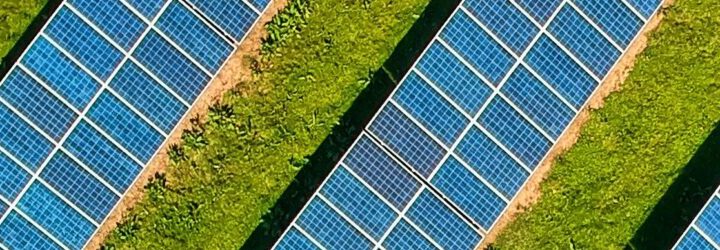If you already have solar panels on your property, you’re probably ahead of the curve. But technology moves quickly, and what was state-of-the-art five or ten years ago can start to look a little dated today. We’re increasingly hearing from people who had solar systems installed some time ago and are now wondering whether it’s possible to upgrade them. In most cases, the answer is yes, and it’s often a smart move.
There are plenty of reasons you might be considering an upgrade. Maybe your energy usage has increased since you first had your system fitted. Maybe your current setup doesn’t include battery storage, and you’re now paying higher energy bills in the evenings than you’d like. Or perhaps you’ve read about newer inverters, smarter monitoring, or the improved performance of modern panels, and you’re curious about whether your system could be doing more.
The good news is that solar upgrades don’t have to be complicated, and they don’t necessarily mean replacing everything. With the right advice and a proper system assessment, you can bring an older setup up to modern standards, often for a fraction of the cost of a brand-new installation.
Battery Storage: The Most Common Upgrade
For many people, the first and most valuable upgrade is adding a solar battery. A lot of earlier solar systems were designed purely to generate electricity and feed it into the grid. While that model worked when daytime energy use was high and the Feed-In Tariff (FIT) scheme was in full swing, it doesn’t make as much sense now that electricity prices have climbed and export rates have dropped.
A battery allows you to store excess solar energy generated during the day and use it later, typically in the evening when your household consumption is at its peak. It’s a great way to reduce reliance on the grid and keep more of the power you’re already generating. For those with time-of-use tariffs, battery storage also opens the door to more advanced setups, like charging your battery overnight on cheap off-peak electricity and using it during the day.
If your system wasn’t originally installed with a battery in mind, don’t worry. In most cases, it’s still possible to retrofit one. We’ll look at how your current system is configured, whether your inverter is compatible, and what size battery would suit your usage. And if your existing inverter isn’t suitable, we can explore alternative setups, like installing a separate AC-coupled battery or replacing the inverter with a hybrid model.
Has Your Energy Use Changed?
One of the main reasons people consider upgrading is that their energy habits no longer match what their system was designed for. That might be because of lifestyle changes such as a growing family, a new home office, or a recent switch to electric heating. It might also be down to additions like an EV charger or a hot tub that push your electricity use higher than it was when your solar panels were first installed.
Whatever the reason, if you find that your system no longer covers your needs, expanding it may be possible. Depending on the capacity of your inverter and the available roof space, we might be able to add more panels or increase overall generation. And if your inverter is maxed out, we’ll talk through whether installing a secondary one or upgrading to a larger or hybrid unit makes sense.
Upgrading Older Equipment
Another common area of improvement is the inverter. These are the workhorses of any solar system, converting the DC electricity generated by your panels into the AC electricity used in your home. Most inverters have a working life of around 10 to 15 years, and if yours is approaching the end of that range, or if it’s no longer performing as well as it should, now might be a good time to consider a replacement.
Newer inverters tend to be more efficient, offer better connectivity, and are often compatible with battery storage and smart monitoring. In many cases, replacing an ageing inverter is what unlocks the rest of your system’s potential, making it easier to optimise your energy usage, identify faults, and future-proof your investment.
Some homeowners are also choosing to add monitoring systems where they were never installed in the first place. A modern monitoring system gives you a clear picture of your energy generation and usage in real time, either via a dedicated display or through a smartphone app. Not only does this help you track your savings, but it can also flag up when something isn’t working as it should, helping you avoid performance issues down the line.
Will It Affect My Feed-In Tariff?
One of the most common questions we hear from people with older systems is whether upgrading will affect their eligibility for the Feed-In Tariff. The short answer is no, not if the upgrades are done correctly.
As long as the core system remains intact and you’re not increasing the total installed capacity beyond the original declaration, your FIT payments should continue as normal. We’ll always check this as part of our assessment and let you know if any action is required to stay compliant.
Let’s Review Your Setup
If you’re one of the many people who installed solar panels in the early days of domestic renewables, it’s worth checking whether your system is still meeting your needs, or whether a few sensible upgrades could improve its performance, increase your savings, and give you more control over your energy usage.
At Solar First, we specialise in helping homeowners and businesses across Rutland, Lincolnshire, Leicestershire, Northamptonshire, and Cambridgeshire get the most from their solar investments. Whether you’re ready to add a battery, expand your array, or just want someone to look over your current setup, we’re happy to help.
To arrange a free, no-obligation system review, just get in touch.



